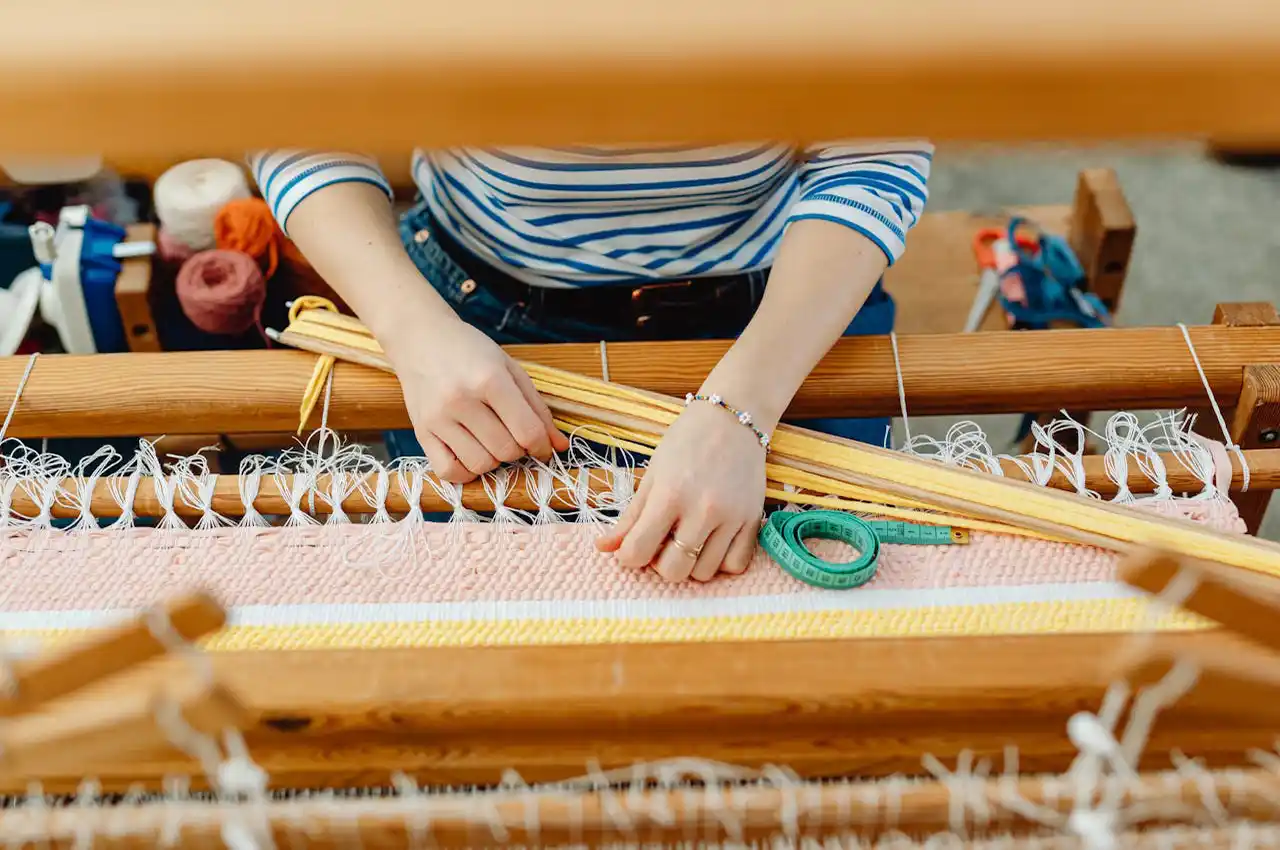The garment industry is a cornerstone of the global economy, providing employment to millions, particularly in developing countries. However, it is also notorious for its labor rights issues, including poor working conditions, low wages, and lack of job security. Over the years, there has been notable progress in addressing these issues, but significant challenges remain.
Historical Context and Early Challenges
The history of labor rights in the garment industry is marred by exploitation and abuse. During the early 20th century, garment factories in industrialized nations were infamous for their sweatshop conditions. Workers, often immigrants and women, labored for long hours in unsafe environments for meager pay. The tragic Triangle Shirtwaist Factory fire in 1911, which claimed the lives of 146 workers in New York City, was a stark reminder of the dire need for labor reforms.
Progress Over the Years
In the wake of such tragedies, labor movements gained momentum, leading to significant legislative changes. The establishment of labor unions and the introduction of laws such as the Fair Labor Standards Act (FLSA) in the United States set the stage for improved working conditions and wages.
Globally, the formation of the International Labor Organization (ILO) in 1919 provided a platform for advocating workers’ rights. The ILO’s conventions, particularly those on forced labor, child labor, and the right to collective bargaining, have been instrumental in promoting labor standards worldwide.
In recent years, there has been increased awareness and activism around labor rights in the garment industry. High-profile incidents, such as the Rana Plaza factory collapse in Bangladesh in 2013, have galvanized international efforts to improve factory safety and labor conditions. Initiatives like the Accord on Fire and Building Safety in Bangladesh and the Alliance for Bangladesh Worker Safety have made significant strides in enhancing factory safety standards.
Persistent Challenges
Despite these advancements, many challenges persist. In many garment-producing countries, labor laws are either weak or poorly enforced. Corruption and lack of political will often undermine efforts to protect workers’ rights. For example, while Bangladesh has made progress in factory safety, issues such as wage theft, harassment, and the suppression of union activities continue to plague the industry.
The global nature of the garment supply chain complicates accountability. Brands often outsource production to factories in countries with lax labor regulations, creating a disconnect between the brands and the working conditions in their supply chains. This fragmentation makes it difficult to enforce labor standards consistently.
Additionally, the rise of fast fashion has exacerbated labor issues. The pressure to produce clothing quickly and cheaply often leads to the exploitation of workers. Factories may cut corners on safety and pay, leading to hazardous working conditions and poverty wages.
Path Forward
Addressing these challenges requires a multifaceted approach. Strengthening labor laws and ensuring their enforcement is crucial. Governments in garment-producing countries must take a proactive stance in protecting workers’ rights and holding violators accountable.
International cooperation and pressure from consumers and advocacy groups can also drive change. Brands must commit to ethical sourcing practices and greater transparency in their supply chains. The adoption of fair trade principles and certification can help ensure that workers receive fair wages and work in safe conditions.
Moreover, empowering workers through education and unionization is vital. Workers who are aware of their rights and have the means to organize and negotiate can better advocate for themselves. Supporting labor unions and worker cooperatives can help amplify workers’ voices and improve their bargaining power.
Conclusion
While there has been notable progress in improving labor rights in the garment industry, significant challenges remain. A concerted effort from governments, brands, consumers, and workers themselves is essential to create a garment industry that is not only economically viable but also just and humane. The journey towards better labor rights is ongoing, but with sustained commitment and action, a more equitable future for garment workers is achievable.




